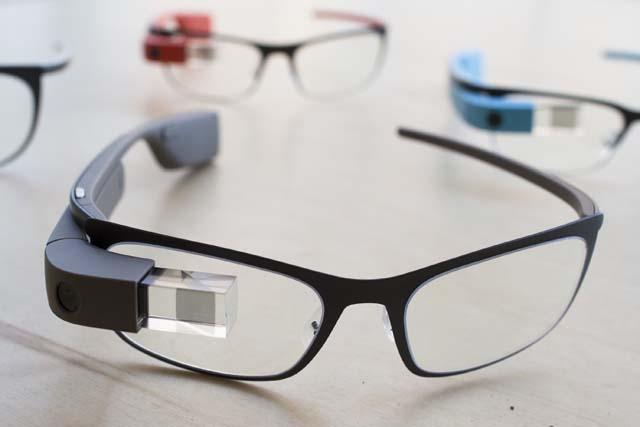You are here
Google’s Glass gets new workplace partners
Oct 25,2014 - Last updated at Oct 25,2014
By Marco della Cava
USA Today (MCT)
SAN FRANCISCO — Google announced a second set of five certified developer partners for Glass, the search company’s $1,500 wearable computer.
As with the first five developers, announced in June, the selected companies are focused on the enterprise side of Glass, a sci-fi creation whose price and as-yet limited applications have for the moment kept it from being a broad consumer hit.
“We continue to work hard on the consumer side of Glass, but with enterprise there seems to a new use-case proposition each week,” says Chris O’Neill, who runs global business operations for Glass. O’Neill reports to new Glass head Ivy Ross, who was brought into the Google fold to leverage her extensive consumer marketing experience to ease Glass’ acceptance into the mainstream.
O’Neill says the continuing target for business use are the “roughly 80 per cent of the global workforce that have blue-collar or true hands-on jobs, where if they put their tools down it means they’re putting their work down”.
Among the new companies Google selected as partners for its Glass At Work initiative are Pristine of Austin, Texas (developers of secure video communication for healthcare workers), Ubimax of Bremen, Germany (improving the flow of manufacturing and order picking in factories) and Interapt of Louisville, Kentucky. (helping fast food companies improve employee training).
“Having our first international partners highlights the global potential of this product,” says O’Neill. “We don’t think of it as a device, but as a platform. We’re good at this. Much like with Android, we just want to create an ecosystem and then set things in motion.”
Kentucky engineer Ankur Gopal spent time with Google’s futuristic device as an early Glass Explorer. He says he immediately saw the commercial potential for the product.
“We thought about the fast food business and just asked the question, ‘Can you learn your job quicker using wearables?’” says Gopal, Interapt’s CEO, who then convinced Yum Brands (Taco Bell, Kentucky Fried Chicken) to run a pilot programme for employees that condensed an 80-page training handbook into a series of on-screen prompts.
“I was one of the guinea pigs, and in less than two hours I was making KFC chicken as if I’d worked there for a long time,” says Gopal. “Labour costs often are what concern these sorts of companies the most. So if you can help them on that front, that’s real savings.”
Gopal says based on their pilot, Yum Brands calculated that it could save almost 2 per cent on labour costs due to faster training, which spread over some 8,000 locations would amount to tens of millions of dollars.
“It’s not just about how to make a sandwich, but also taking you step by step on shutting down a fryer correctly or even an entire store,” says Gopal, adding that he’s working on future software tweaks that could offer prompts based on an employee’s proximity to specific restaurant equipment.
He says a few pair of Glass would be kept with each store, “available for any new member that’s in training, so it’s not a matter of everyone in the company needing this device”.
Glass’ O’Neill says another recent enterprise milestone was Hewlett-Packard’s recent adoption of Glass as a troubleshooting tool for commercial printing clients.
A recent HP video posted on YouTube shows how clients can contact customer support and, using Glass as a visual aide, have their problems solved thanks to the customer support representative being able to literally see what the customer is observing.
“When you think of the old-school model of problems like this being solved by putting people on planes so they can fly to the client, this represents a major change in the way things are done,” says O’Neill.
The other two certified partners in this new group are AMA (the French company specialises in telemedicine) and Augmate (the New York company is focused on bringing hands-free, real-time information to the so-called deskless
workforce).
Taken together, the 10 Glass partners have received more than $50 million in funding from a variety of venture capital firms, indicating a willingness on the part of leading edge investors to fund the wearable computer’s transition from toy to tool.
Related Articles
After two years of popping up at high-profile events sporting Google Glass, the gadget that transforms eyeglasses into spy-movie worthy technology, Google co-founder Sergey Brin recently sauntered bare-faced into a Silicon Valley red-carpet event.
AMMAN — Secretary General of the Ministry of Foreign Affairs and Expatriates Zeid Lozi on Thursday received the credentials of Ireland’s new
Google Glass is getting glasses. Google is adding prescription frames and new styles of detachable sunglasses to its computerised, Internet-connected goggles known as Glass.

















